ホンマゴルフBERES S-03 3W レフティ
(税込) 送料込み
商品の説明
クラブ種別 フェアウェイウッド 状態(総合ランク)
ランクについてC 番手 3W 傷状態 ヘッド上部 C シャフト 純正特注シャフト ヘッド下部 C メーカーフレックス S フェース C フレックス S シャフト B 発売時クラブセット組合せ内容 グリップ オリジナル 傷あり 本商品クラブセット組合せ内容 ヘッドカバー 純正品(汚い) クラブセット実本数 0 年式 メーカーカタログ情報 お店からのコメント/商品状態 シャフトARMRQ 61S 2S 43.5インチ 330g d-2
| ヘッドロフト角(°) | 15.00 | クラブ重量(g) | |
|---|---|---|---|
| ヘッドライ角(°) | 59.50 | 利き手 | レフティ |
| ヘッド体積(cc) | 198 | シャフト長(インチ) | |
| 性別 | メンズ |
※メーカーカタログ情報のため、実商品と異なる場合がございます。
8565円ホンマゴルフBERES S-03 3W レフティフェアウェイウッドホンマベレス S-03 3W15° - 通販 - pinehotel.info
中古】ベレス S-03 フェアウェイウッド ARMRQ8 49 15 R D レフティ

本間ゴルフ - ホンマ ベレス S-03 3W 2星 左利き レフティ ゴルフ

本間ゴルフ - ホンマ ベレス S-03 3W 2星 左利き レフティ ゴルフ

本間ゴルフ レフティ BERES S03 3w 5w 2本セット 格安 11270円引き

本間ゴルフ - ホンマ ベレス S-03 3W 2星 左利き レフティ ゴルフ

本間ゴルフ - ホンマ ベレス S-03 3W 2星 左利き レフティ ゴルフ

本間ゴルフ - ホンマ ベレス S-03 3W 2星 左利き レフティ ゴルフ

ホンマベレス S-03 3W15° - 通販 - pinehotel.info

本間ゴルフ - ホンマ ベレス S-03 3W 2星 左利き レフティ ゴルフ

本間ゴルフ BERES S-03 ドライバー フレックスR 左 レフティ-eastgate.mk

本間ゴルフ BERES S-03 ドライバー フレックスR 左 レフティ-eastgate.mk
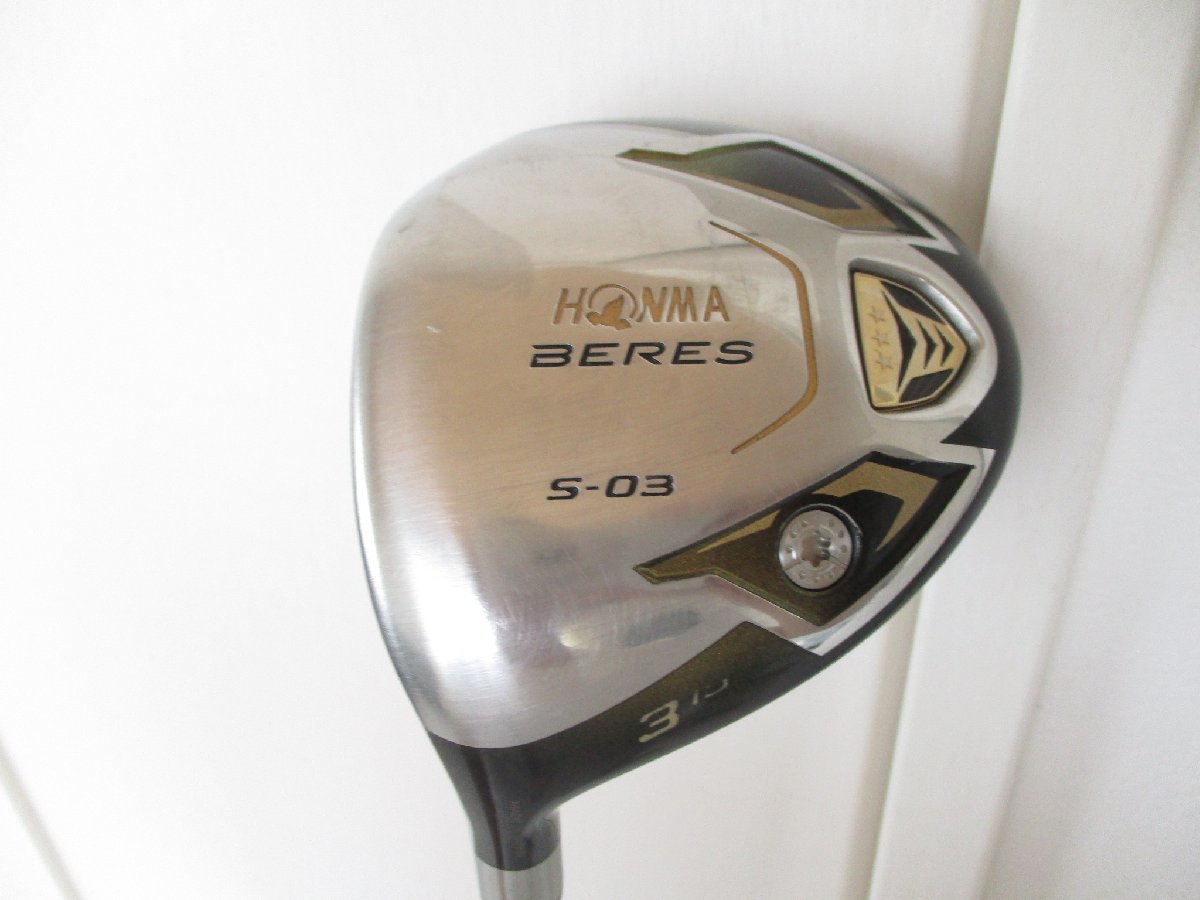
Yahoo!オークション -「ホンマ ベレス s-03」(クラブ) (ゴルフ)の落札

本間ゴルフ BERES S-03 ドライバー フレックスR 左 レフティ-eastgate.mk

本間ゴルフ BERES S-03 ドライバー フレックスR 左 レフティ-eastgate.mk

Product detail
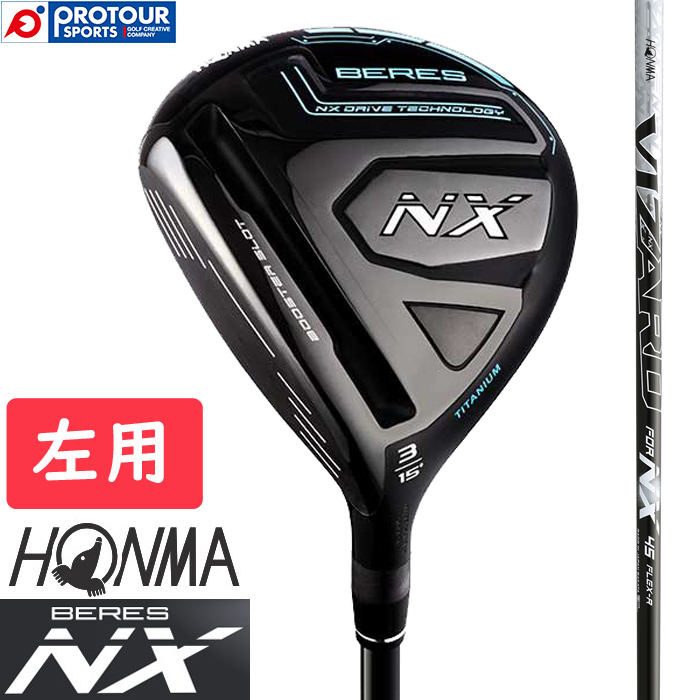
楽天市場】HONMA BERES NX LEFTY FW 本間ゴルフ ホンマ ベレスNX
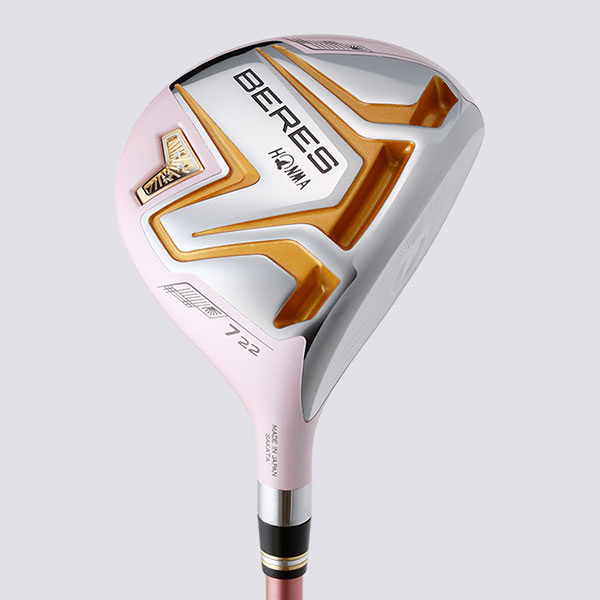
レディース,期間限定ポイント15%付与

本間ゴルフ BERES S-03 ドライバー フレックスR 左 レフティ-eastgate.mk

ホンマ ベレス MG702 アイアン6番 2星 右利き ゴルフクラブ S-
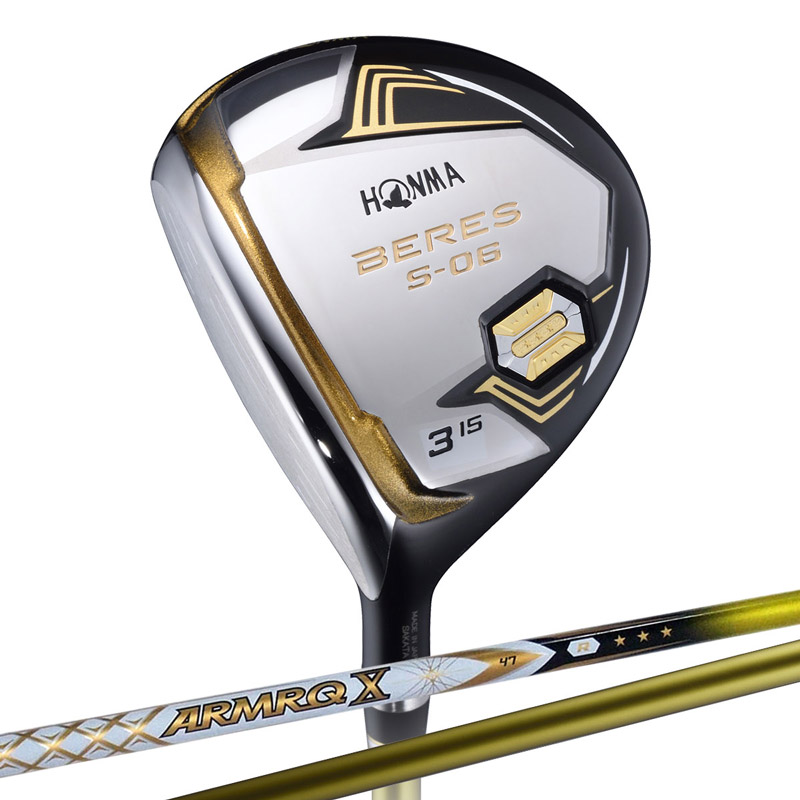
レフティ,BERES S-06 LEFTY FAIRWAY WOOD 3Sグレード ベレス レフティ

Yahoo!オークション -「ホンマ ベレス s-03」(クラブ) (ゴルフ)の落札

本間ゴルフ BERES S-03 ドライバーの試打レビュー 口コミ・評価 ギア
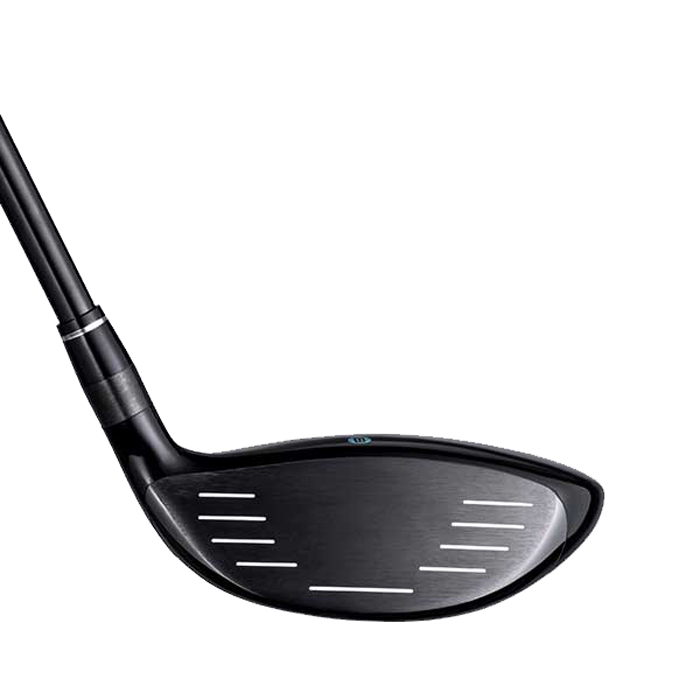
楽天市場】HONMA BERES NX LEFTY FW 本間ゴルフ ホンマ ベレスNX
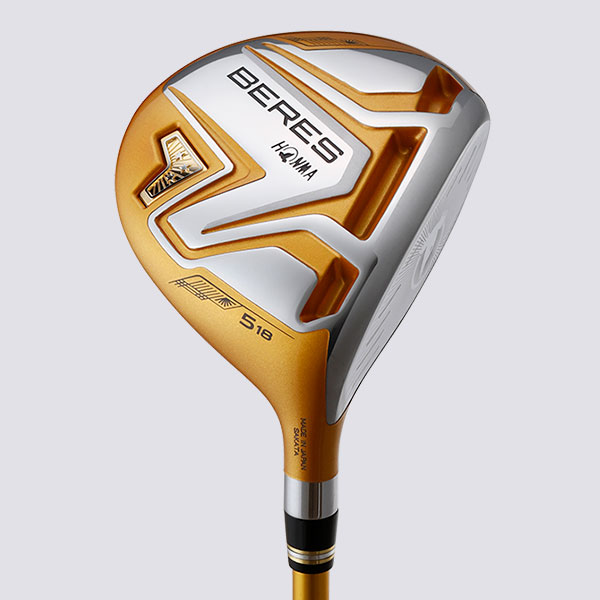
honmagolf-ec.com/upload/save_image/1019110759_616e...
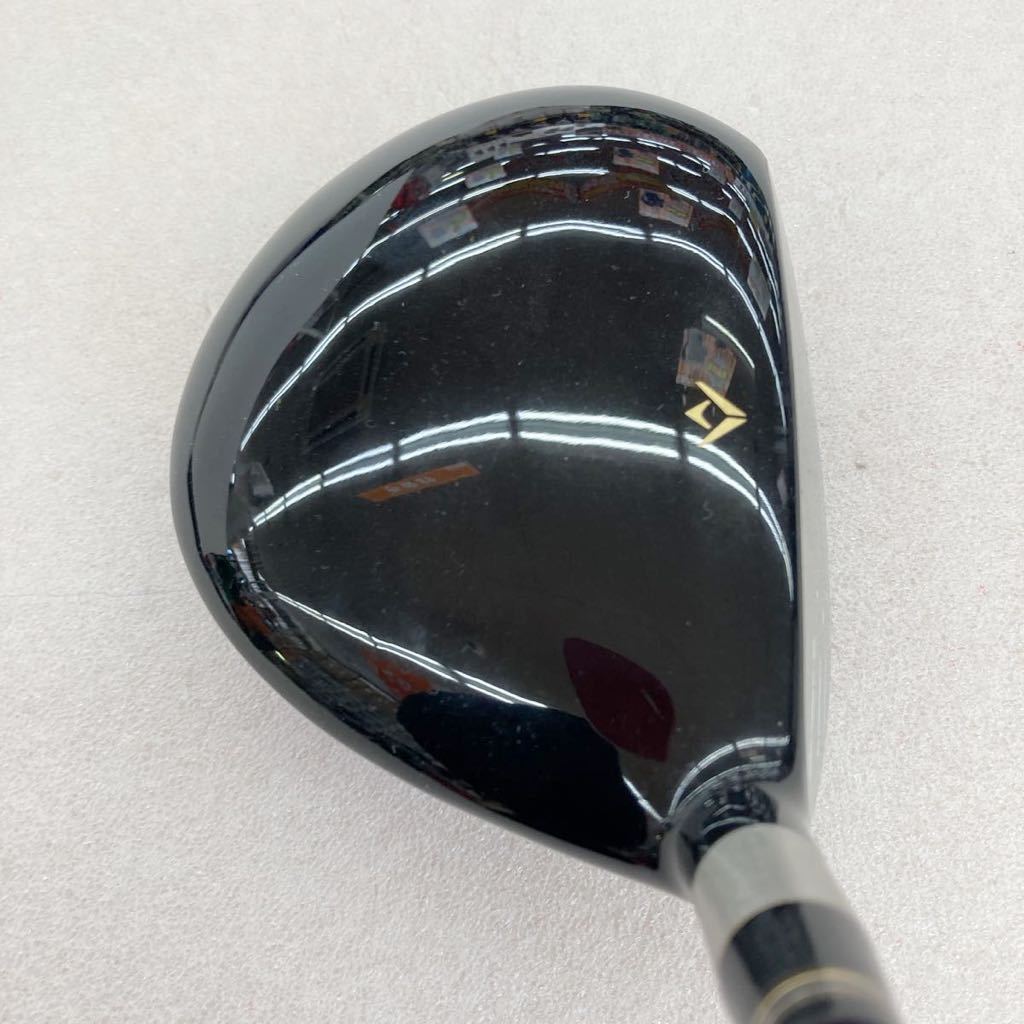
肌触りがいい 【即決価格】【FW】レフティ/ホンマゴルフ/ベレスSー03

本間ゴルフ - イ16レフティ ホンマ ベレス HONMA BERES MG703 星2S左の

ホンマ ベレス S06 4星ドライバー レフティ ゴルフクラブ 左利き R-
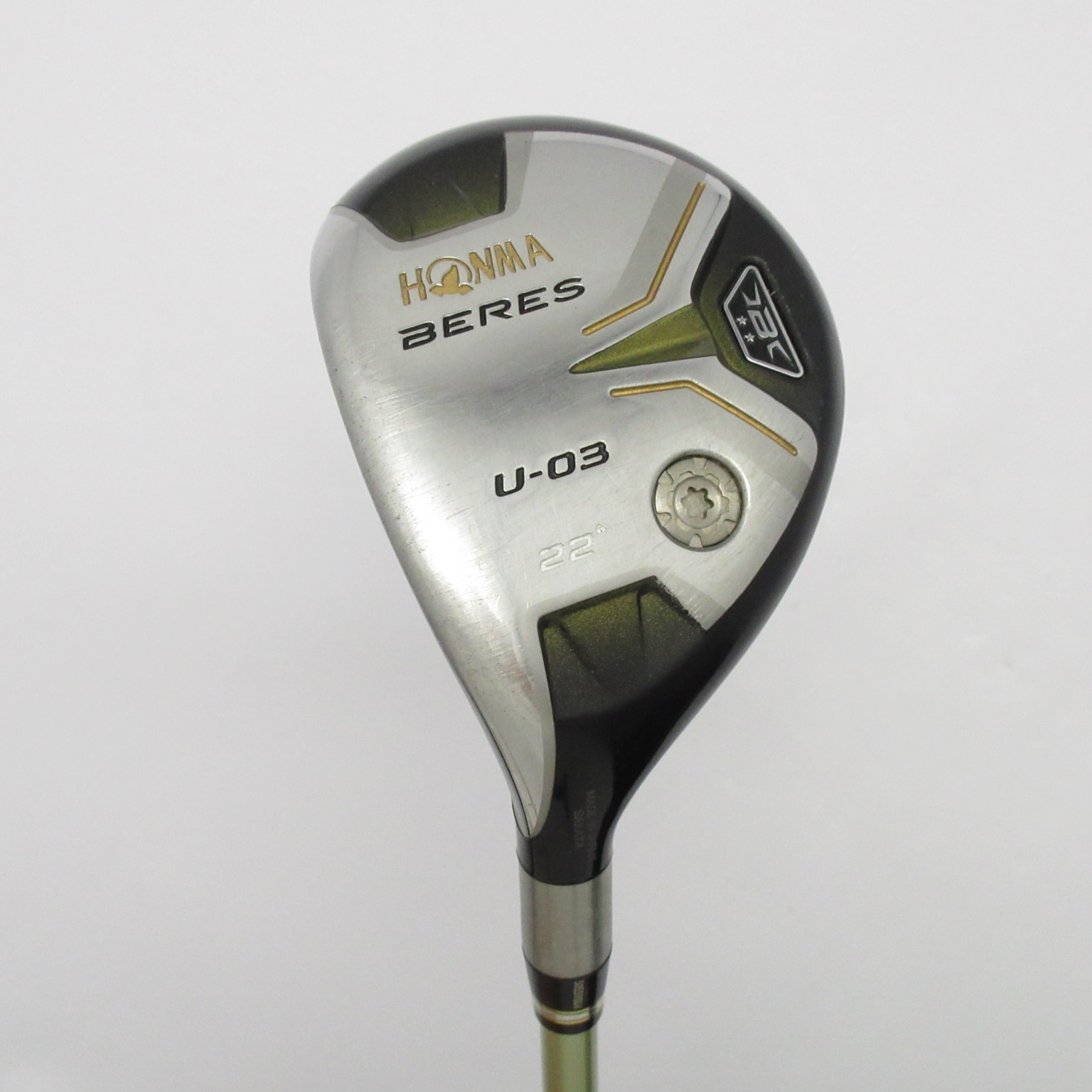
本間ゴルフ(HONMA GOLF) レフティ 通販|GDO中古ゴルフクラブ

ホンマベレス S-03 3W15° - 通販 - pinehotel.info

Yahoo!オークション -「ホンマ ベレス」(男性左きき用) (クラブ)の落札
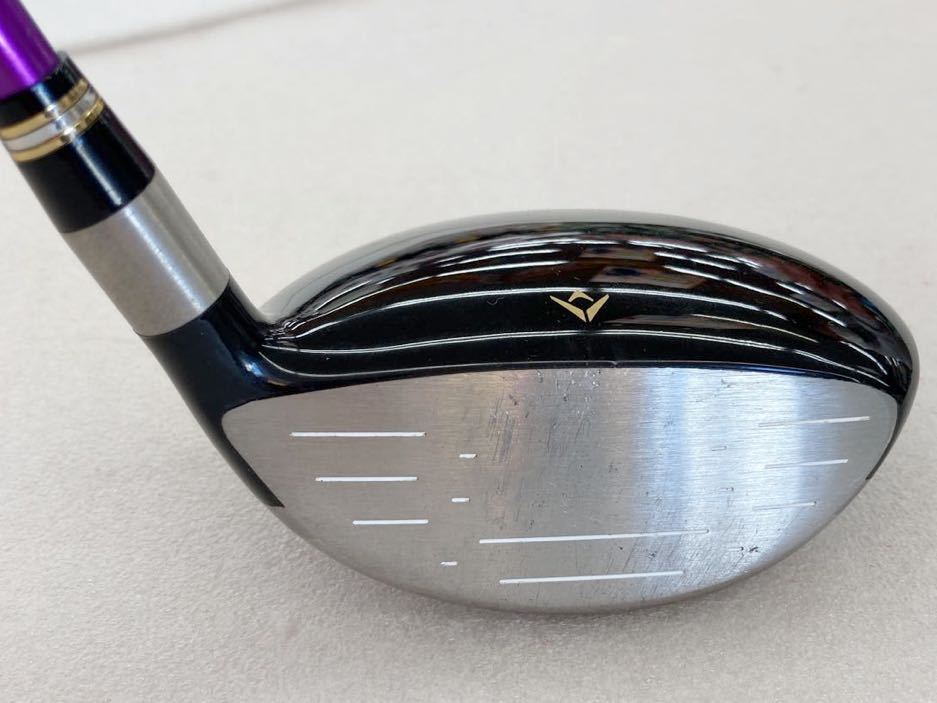
肌触りがいい 【即決価格】【FW】レフティ/ホンマゴルフ/ベレスSー03
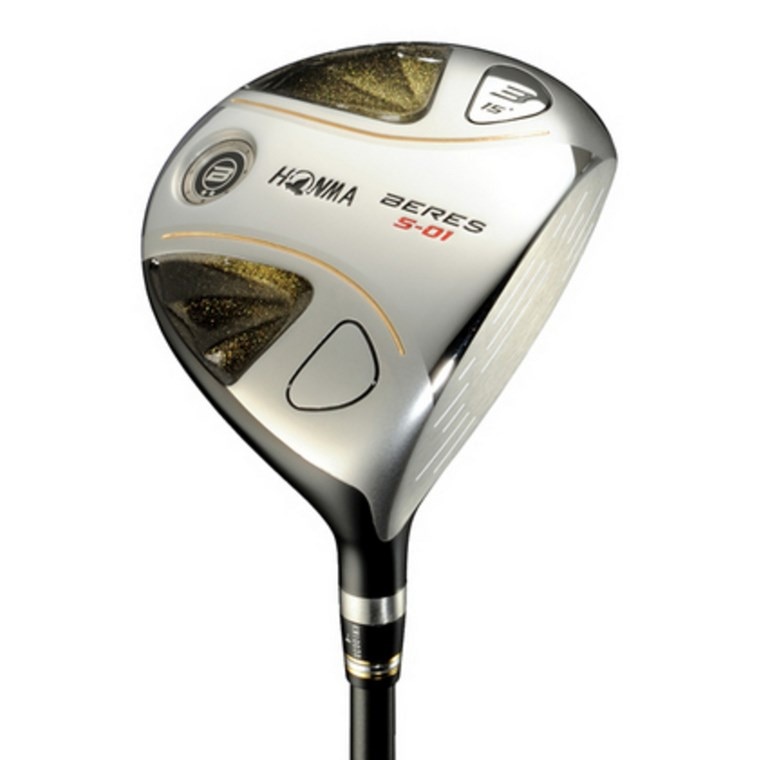
BERES S-01 フェアウェイウッド アベレージ向けモデル ARMRQ6 49 2

中古ゴルフクラブ在庫数55万本!ゴルフのことならゴルフパートナーへ

ホンマ ベレス S06 4星ドライバー レフティ ゴルフクラブ 左利き R-

希少レフティ】HONMA BERES S-03 ホンマ ベレス ドライバー 左 【人気

HONMA BERES S-02 フェアウェイウッド3 15° 星4 R - nayaabhaandi.com

新品未使用」本間ゴルフ(ホンマ) ベレス S-05 ドライバー | www.csi

激安セール必勝法 本間ゴルフ BERES S-03 ドライバー フレックスR 左

Yahoo!オークション -「本間」(男性左きき用) (クラブ)の落札相場
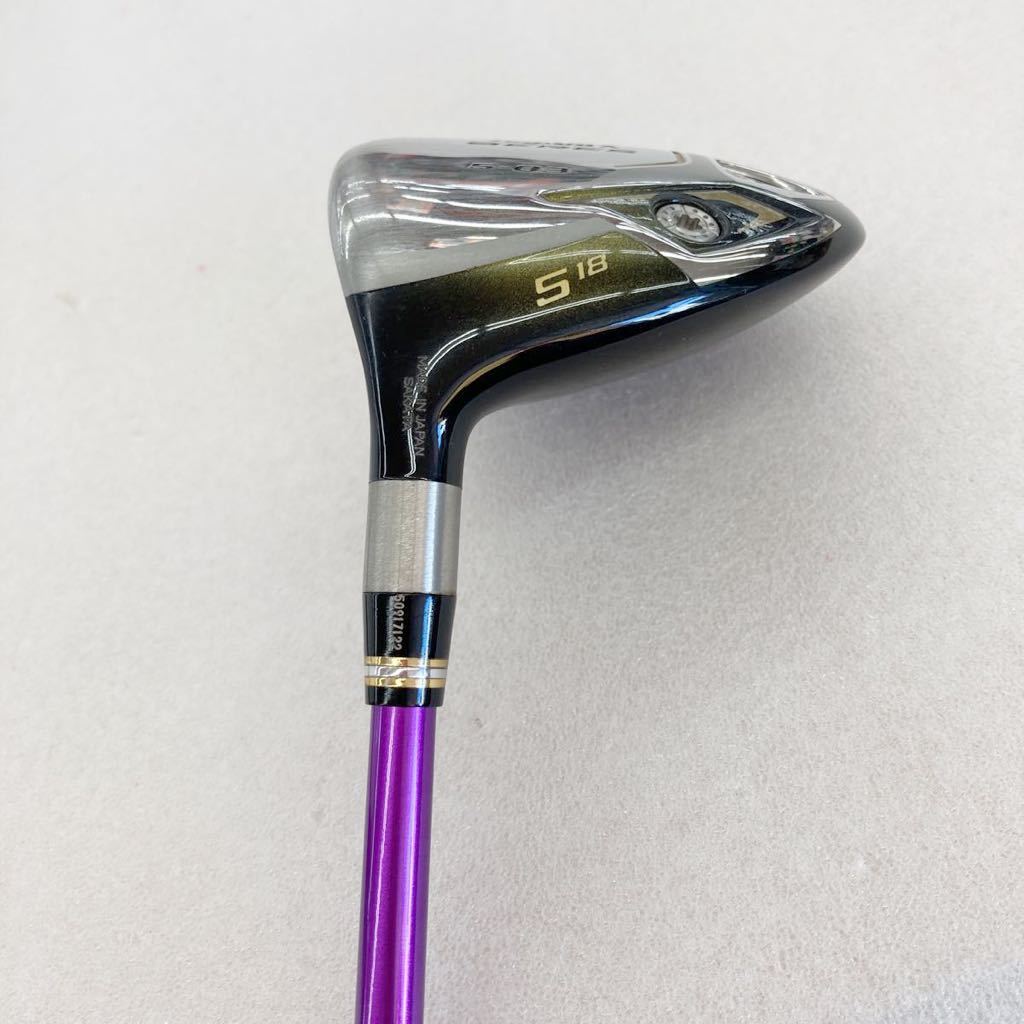
肌触りがいい 【即決価格】【FW】レフティ/ホンマゴルフ/ベレスSー03






商品の情報
メルカリ安心への取り組み
お金は事務局に支払われ、評価後に振り込まれます
出品者
スピード発送
この出品者は平均24時間以内に発送しています














